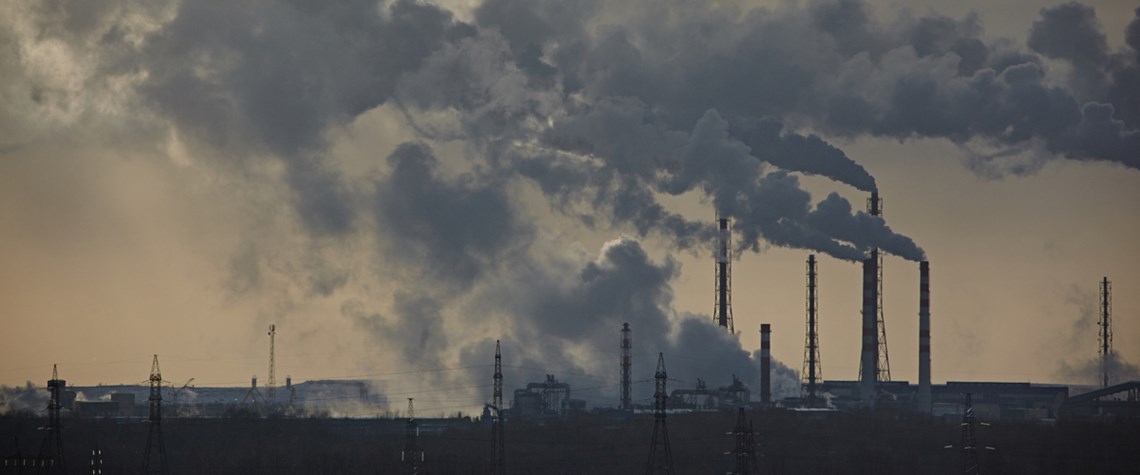The upcoming Cop26 talks in Glasgow must solve a number of issues surrounding article six of the Paris Agreement, which sets a framework for the transfer of emissions reductions between countries, according to panellists at a PE Live event titled Everything the World Needs to Achieve at Cop 26.
The article has two goals. One is to allow countries to transfer emissions reductions—known as internationally transferred mitigation outcomes (ITMOs)—between them. The other is to establish a successor to the Clean Development Mechanism (CDM) called the Sustainable Development Mechanism.
The CDM allowed emissions reduction projects in developing countries to generate credits that could be bought by other entities, usually governments or private companies in more wealthy economies.
“Article six has been a very contentious issue ever since the Paris Agreement,” says Melanie Kenderdine, principal with thinktank the Energy Futures Initiative. “The most important concern is that the methodologies that are used for any kind of bilateral, multilateral or global agreement on emissions reductions need to be standardised to avoid double counting of emissions.”
Other issues include ensuring that emissions reduction transferred are additional—meaning they would not have happened anyway—and ensuring the system is flexible enough to accommodate enhanced emissions indices over time.
Discussions have been further complicated since Paris because of the recently proposed EU carbon border adjustment mechanism and a US proposal to implement a similar mechanism. These proposals aim to put a carbon price on the imports of carbon intensive goods at the same level that those goods are subject to internally.
“I am not sure what that means for article six,” says Kenderdine. “But it certainly complicates things further—as if it wasn't complicated enough already.”
Carbon pricing and offsets
Improvements in the way that countries are setting targets and reporting emissions reductions since Paris will help with the development of article six, according to Malcolm Fawcett, director of climate change at US super-indie ConocoPhillips.
“It makes carbon pricing and offsets attainable,” he says. And though some of the major concerns are solvable technically, negotiators will have to compromise politically.
“The idea about resolving double counting or double claiming emissions and whether or not you allow CDM offsets into the system—neither of these is particularly difficult to solve from a technical standpoint, but they do represent a political challenge to countries which have a stake in these issues,” he says.
Even if agreement is reached on the disputed elements of article six, much work will still need to be done before the mechanism can be activated, Fawcett adds.
“It will probably take another 3-4 years of negotiation to actually operationalise that mechanism, because they have to set up the supervisory body and so on,” he says.
The PE Live webinar, Everything the World Needs to Achieve at Cop26, can now be viewed on demand by clicking here.








Comments